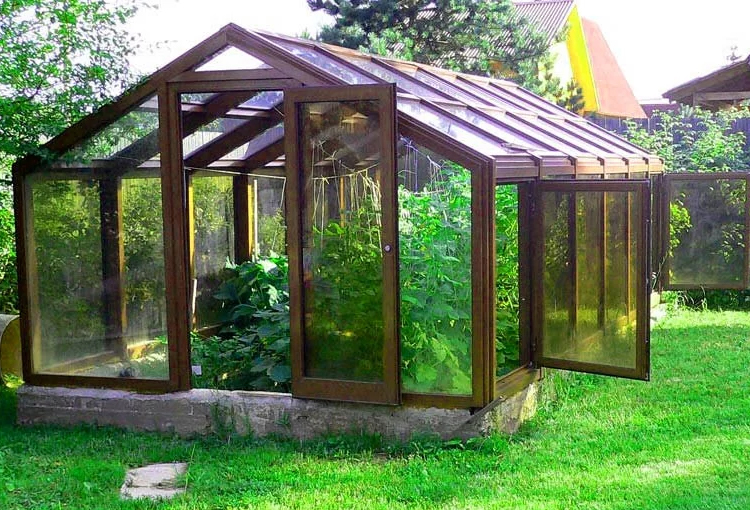How to attach polycarbonate to a greenhouse: 3 installation features

Choosing the Right Greenhouse Cover Material
Choosing the right greenhouse cover material is a crucial decision for any US grower, impacting everything from initial investment to long-term energy costs and yield. This guide compares the three most common materials — glass, polyethylene film, and polycarbonate — to help you make an informed choice. Understanding the key factors: light transmission, thermal efficiency, durability, cost, and ease of installation—is essential before selecting a material.
Glass Greenhouses
Glass greenhouses offer superior light transmission, promoting robust plant growth. However, the high initial cost of glass panels, framing, and skilled labor for installation is a significant drawback. Furthermore, glass‘s poor insulation properties necessitate substantial heating systems, leading to increased energy expenses, particularly in colder climates. While offering a long lifespan, the fragility of glass and potential for breakage must also be considered.
Polyethylene Film Greenhouses
Polyethylene film provides the most budget-friendly option, making it attractive for smaller-scale or temporary greenhouse projects. Its lightweight nature simplifies installation, a significant advantage for DIY enthusiasts. However, polyethylene‘s short lifespan (typically 2-3 years) and poor insulation require frequent replacements and extra layers for winter protection, which can compromise light penetration. The material‘s susceptibility to damage from tears, punctures, and harsh weather conditions further limits its practicality.
Polycarbonate Greenhouses
Polycarbonate panels offer a compelling balance between performance and cost. They provide good light transmission, excellent insulation properties minimizing energy expenses, and superior impact resistance compared to glass. Polycarbonate also boasts a relatively long lifespan, typically lasting 10-15 years or more with proper care. While the initial cost is higher than polyethylene, the long-term cost-effectiveness and reduced maintenance often outweigh the upfront investment. However, UV degradation can cause yellowing and reduced light transmission over time, and thermal expansion in hot weather needs consideration during installation.
Summary of Key Differences
| Feature | Glass | Polyethylene Film | Polycarbonate |
|---|---|---|---|
| Light Transmission | Excellent | Moderate | Good |
| Thermal Efficiency | Poor | Poor | Excellent |
| Durability | High (but fragile) | Low | High |
| Lifespan | Long (decades) | Short (2-3 years) | Moderate (10-15 years) |
| Cost | High | Low | Moderate |
| Installation | Difficult, needs expertise | Easy, often DIY-friendly | Moderate |
Careful consideration of these factors—budget, climate, desired lifespan, installation expertise, and greenhouse size—will guide you towards the most suitable and cost-effective cover material for your specific circumstances. Consulting with local experts is always recommended to ensure a successful and productive greenhouse operation.